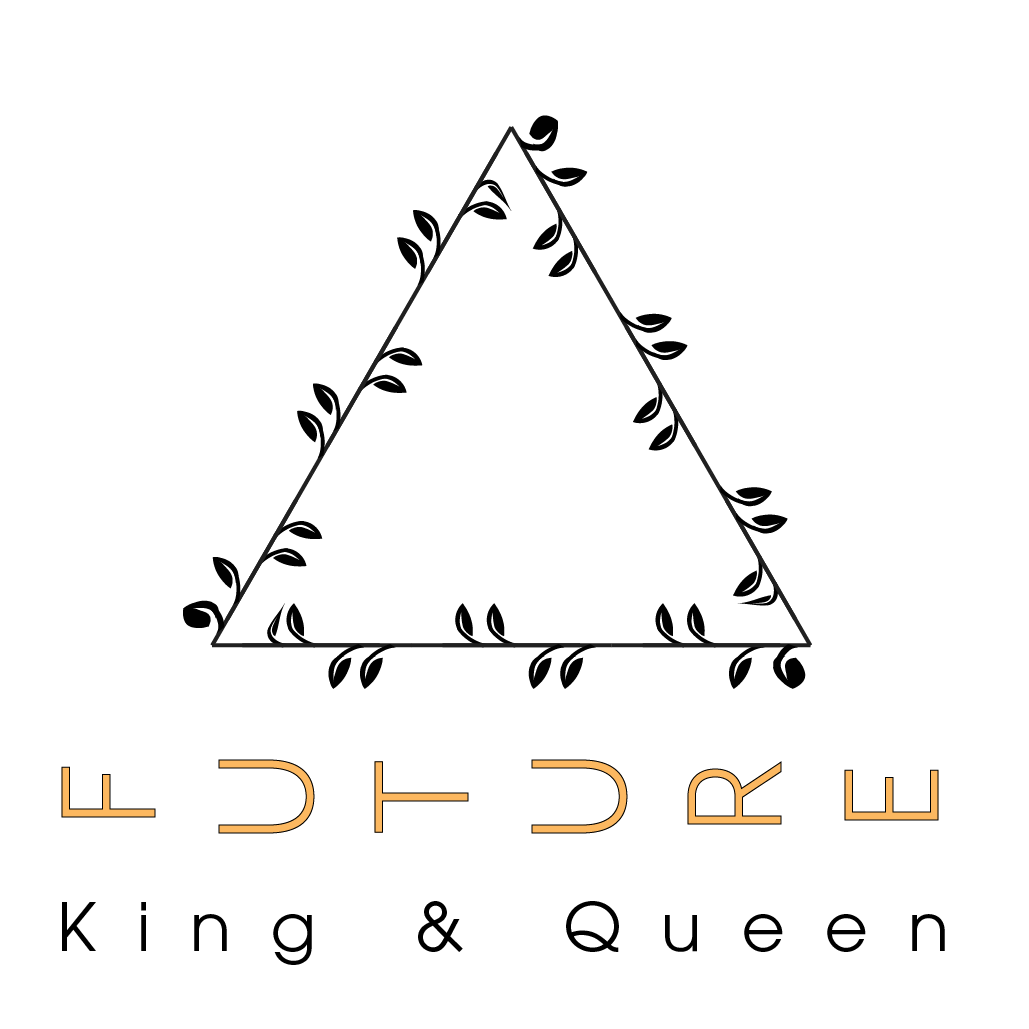We all love banana nice cream. But would you wear bananas too?
Josephine Baker used bananas to create her much-talked-about dance costume in the 1920s.
Banana, banana, everybody likes banana.
We all love putting bananas in our smoothies, or blending them to make banana nice cream (a dairy free take on ice cream), but have you ever considered wearing them?
Josephine Baker, the exotic dancer of the early 20th century, used whole bananas to create her high profile risqué dance costume.
But there are other - less dramatic - ways to wear bananas too.
As consumers are becoming increasingly conscious of the effects of the fashion and textile industry on the environment, we are looking towards more eco-friendly methods and materials.
Can't we just stick with cotton?
As it turns out, cotton is actually the most toxic crop in the world. It accounts for 25% of insecticides and 12% of pesticides used worldwide, despite making up only 3% of the world’s farmland. With this in mind, we were interested to know what other materials are out there that don’t take such a heavy toll on the environment.
Roll in banana fibre. This natural material is no new discovery. In fact, it has been used in Asian cultures such as Japan and Nepal for hundreds of years. Kijōka-bashōfu – the Japanese custom of banana fibre weaving – dates back to the 13th century, when it was used to create beautiful kimonos. The material is ideal in hot and humid climates, as it is lightweight and quickly absorbs perspiration.
In Nepal, a traditional method is employed to turn the silk-like fibres into artisan rugs. These cultures still practice the same time-old techniques, but nowadays the fibres from these wondrous plants have copious textile uses.
Nepalese banana fabric from Offset Warehouse.
That's traditional. How about modern designers?
Up-and coming and already-established designers alike are experimenting with the use of banana as a fibre of the future.
Dramatic and Sculptural
Filipino designer, John Herrera, turns heads with his daring and innovative designs, which make use of native ecological materials like banana fibre and pineapple silk. His pieces, which also help to support the local traditional weaving industry, have captured global attention in recent times – taking out first prize at the London Emerging Designer Awards earlier in August.
So tactile we want to touch this.
Sustainable and Fair Trade UK fashion brand People Tree blend banana fibres with materials like organic cotton to make chic jumpers and scarves.
What makes it an eco friendly fibre?
So what's all the fuss about?
Why should we monkey around with banana fibre? (Sorry, we couldn't resist.)
The material is made by extracting fibres from the stems of banana plants, which are often discarded as a waste material from the food industry anyway. So the fibres can frequently be obtained without having to grow any more trees.
What's more, banana plants rarely require pesticides or fertilisers when grown in tropical climates, and are often farmed by small farmers who own their own land.
To top it all off, the material is also fully biodegradable.
Other uses: Cushion covers, curtains, tablecloths, rugs, bags, baskets, paper, journals....need we say more?
So next time you see a bunch of bananas in the fruit shop, spare a thought for this wondrous plant. Delicious to eat, and a Future Fabric that's worth thinking about.
We think Josephine Baker was onto something good.











